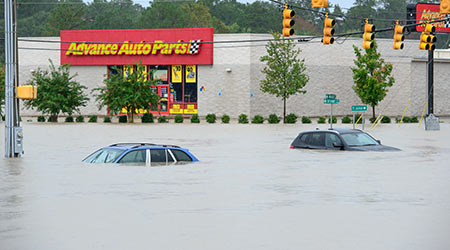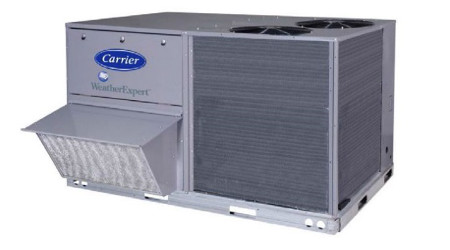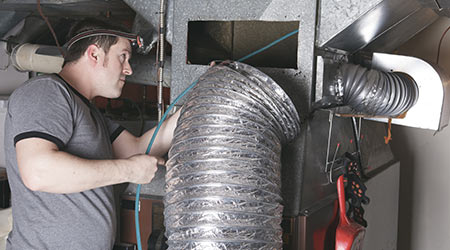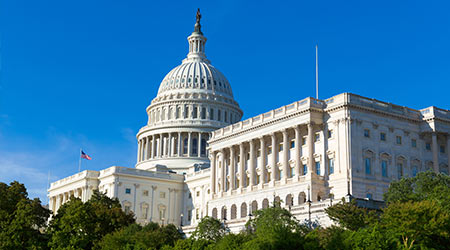
Emergency Preparedness Benefits Expand
March 28, 2018
Proper maintenance of institutional and commercial facilities can mean a host of benefits for organizations. It can reduce long-term maintenance costs, hold down energy costs, extend the performance lives of buildings and key systems, and improve the overall comfort and safety of buildings.
Investments in the condition of facilities — particularly as it relates to protecting them from natural disasters — now looks to provide another benefit that goes beyond the facilities themselves.
Read: Resources for all areas of comprehensive facility maintenance
A study from the National Institute of Building Sciences finds that investing in fortifying existing and new buildings can save taxpayers big — and save lives, according to an article in the Denver Business Journal.
The study — led by Keith Porter, a research professor in the department of civil, environmental and architectural engineering at the University of Colorado Boulder — found that for every $1 the government spends on making existing buildings more resistant to natural disasters, it saves taxpayers $6 for costs associated with property losses, business interruption and health problems.
And for every $1 the Federal Emergency Management Agency (FEMA) spends to exceed building codes, it saves $4 — and could prevent 600 deaths, 1 million injuries and 4,000 cases of post-traumatic stress disorder, the study found.
Natural disaster costs exceeded $300 billion in 2017, a year when Texas and several southeastern states were ravaged by hurricanes Harvey and Irma.
"Mitigation decisions are more pressing now than ever," Porter says. "This study shows it pays to build new buildings better and to fix existing ones, and everybody wins when we do so."
Learn: Everything you need to know about emergency preparedness in facilities
The new study's higher cost-saving estimates were calculated based on a how much FEMA spent on mitigation over the past 23 years on disasters that included earthquakes, hurricane winds, river flooding and fire at the wildland-urban interface. The study also found that if builders were required to adopt the International Wildland-Urban Interface Code, which requires things like fireproof roofing materials, it would save $3 for every $1 spent.
This Quick Read was submitted by Dan Hounsell — dan.hounsell@tradepressmedia.com — editor-in-chief of Facility Maintenance Decisions.
Next
Read next on FacilitiesNet












